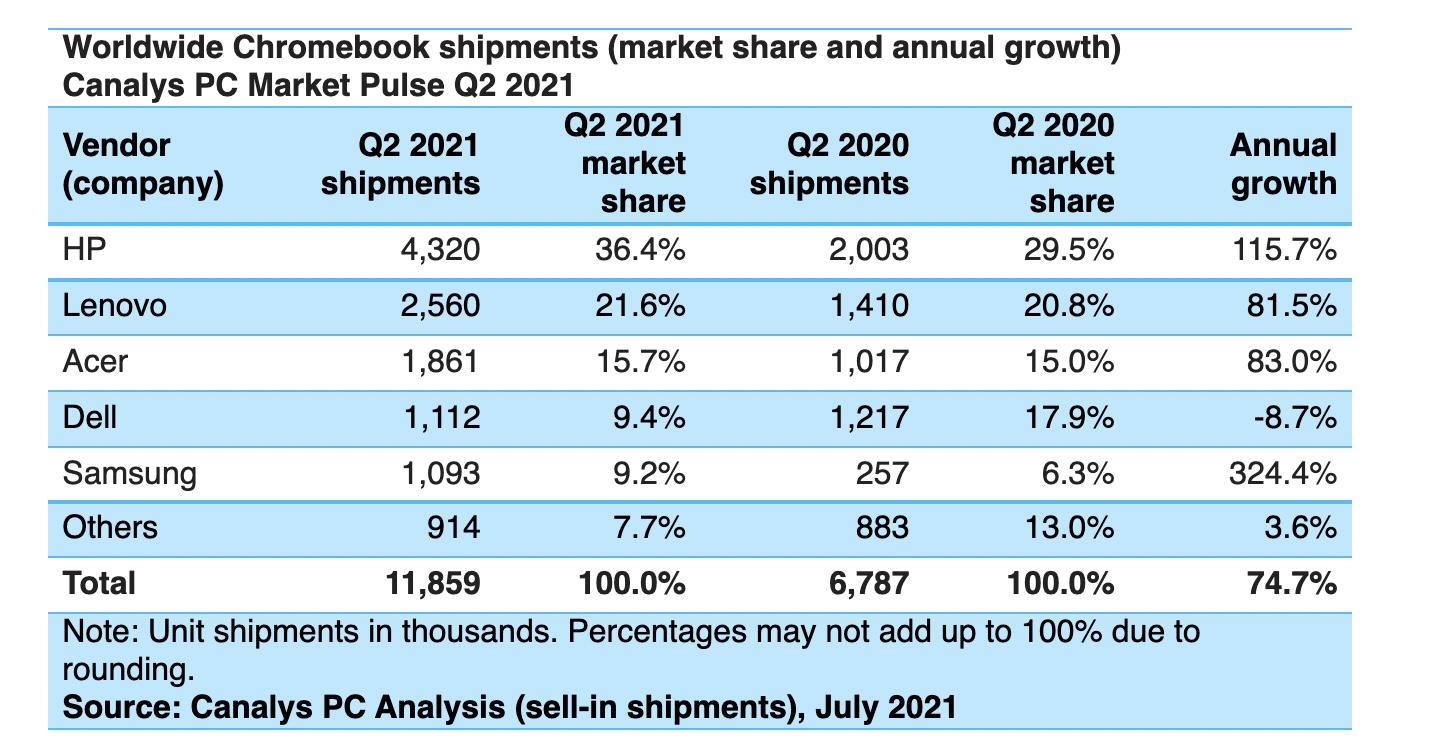News: Platform as a service startup Porter aims to become go-to for deploying, managing cloud-based apps
Any DevOps team can use Porter to manage applications in the cloud, delivering the full flexibility of Kubernetes through a Heroku-like experience.
By the time Porter co-founders Trevor Shim and Justin Rhee decided to build a company around DevOps, the pair were well versed in doing remote development on Kubernetes. And like other users, they were consistently getting burnt by the technology.
They realized that for all of the benefits, the technology was there, but users were having to manage the complexity of hosting solutions as well as incurring the costs associated with a big DevOps team, Rhee told TechCrunch.
They decided to build a solution externally and went through Y Combinator’s Summer 2020 batch, where they found other startup companies trying to do the same.
Today, Porter announced $1.5 million in seed funding from Venrock, Translink Capital, Soma Capital and several angel investors. Its goal is to build a platform as a service that any team can use to manage applications in its own cloud, essentially delivering the full flexibility of Kubernetes through a Heroku-like experience.
Why Heroku? It is the hosting platform that developers are used to, and not just small companies, but also later-stage companies. When they want to move to Amazon Web Services, Google Cloud or DigitalOcean, Porter will be that bridge, Shim said.
However, while Heroku is still popular, the pair said companies are thinking the platform is getting outdated because it is standing still technology-wise. Each year, companies move on from the platform due to technical limitations and cost, Rhee said.
A big part of the bet Porter is taking is not charging users for hosting, and its cost is a pure SaaS product, he said. They aren’t looking to be resellers, so companies can use their own cloud, but Porter will provide the automation and users can pay with their AWS and GCP credits, which gives them flexibility.
A common pattern is a move into Kubernetes, but “the zinger we talk about” is if Heroku was built in 2021, it would have been built on Kubernetes, Shim added.
“So we see ourselves as a successor’s successor,” he said.
To be that bridge, the company will use the new funding to increase its engineering bandwidth with the goal of “becoming the de facto standard for all startups.” Shim said.
Porter’s platform went live in February, and in six months became the sixth-fastest growing open-source platform download on GitHub, said Ethan Batraski, partner at Venrock. He met the company through YC and was “super impressed with Rhee’s and Shim’s vision.
“Heroku has 100,000 developers, but I believe it has stagnated,” Batraski added. “Porter already has 100 startups on its platform. The growth they’ve seen — four or five times — is what you want to see at this stage.”
His firm has long focused on data infrastructure and is seeing the stack get more complex, saying “at the same time, more developers are wanting to build out an app over a week, and scale it to millions of users, but that takes people resources. With Kubernetes it can turn everyone into an expert developer without them knowing it.”





